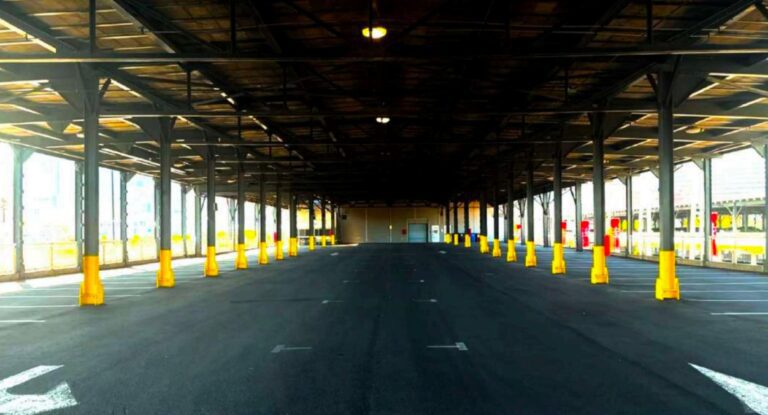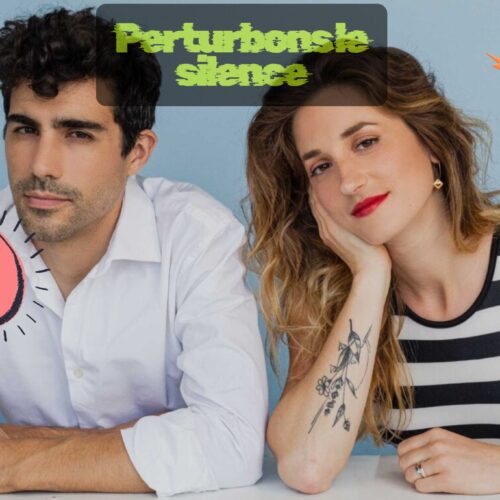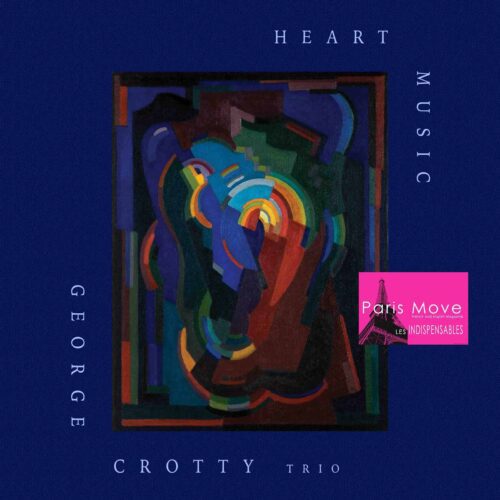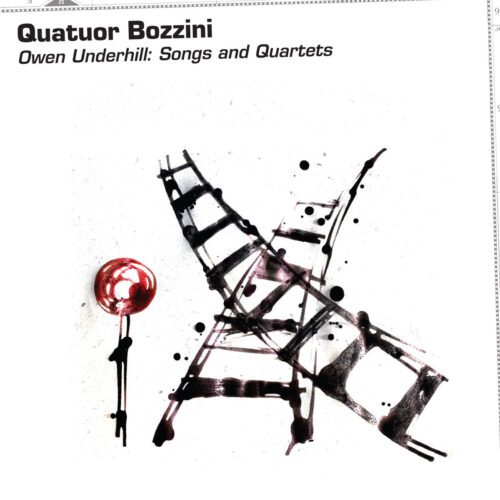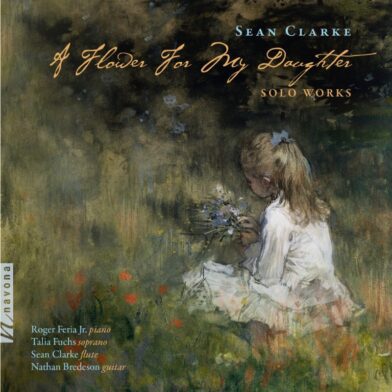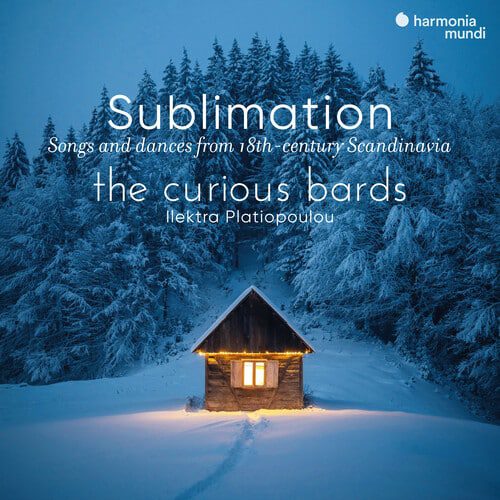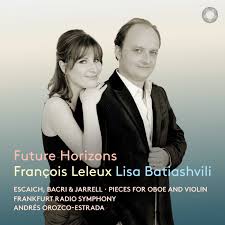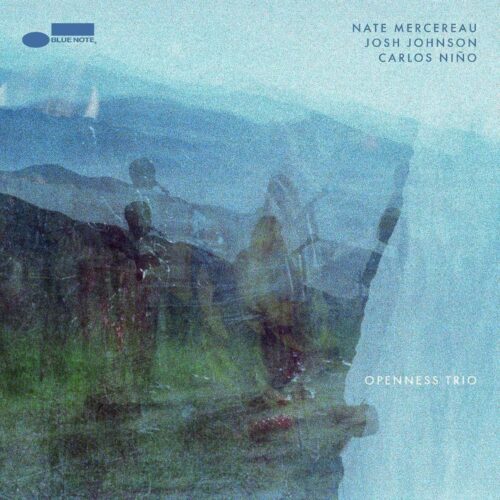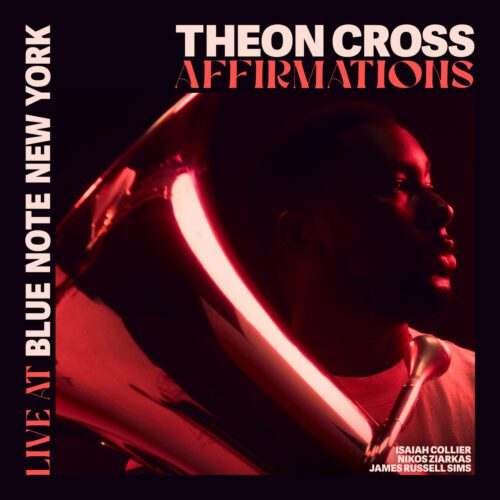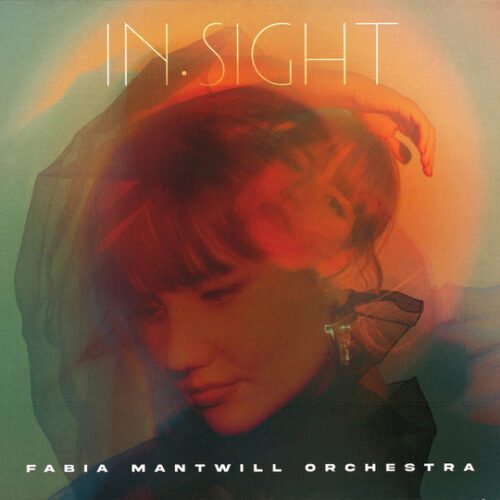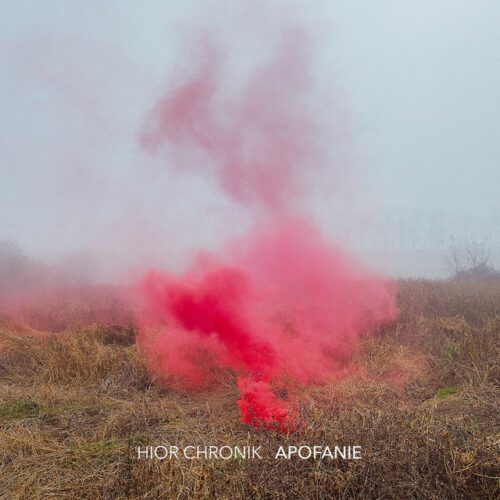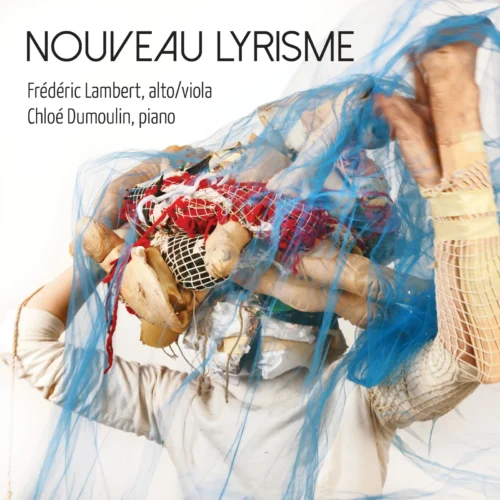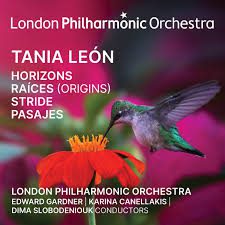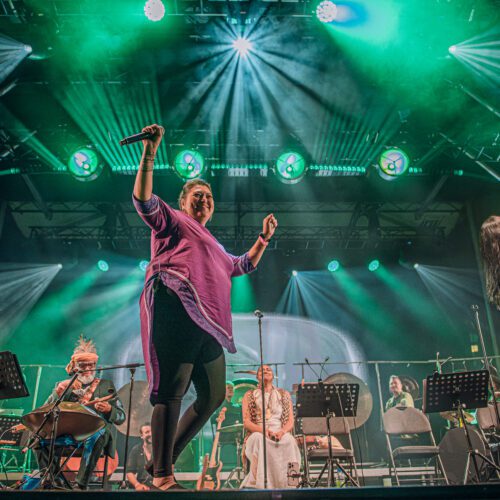Sunday night revealed a new facet of Exposé Noir. Just when we thought we understood the landscape, the Hangar appeared. A skeletal structure built for weather and rave alike, it offered no walls, just a roof suspended over bodies, smoke, and sound. It felt like a passageway. Somewhere between earth and sky, where light didn’t just illuminate the space but became part of the horizon.
Helena Hauff took that horizon and cracked it open.
The Hamburg based legend led a masterclass in sonic revolution. Kicking off with industrial heat and percussive insistence, she wove in echoes of Detroit techno—the soul and struggle behind the machine. Her set was a ride through BPM and emotional terrain, a roller coaster of tempos and tectonic shifts. Raw, urgent, ecstatic; she gave the kind of set that feels physically historic. As she once told Glamcult, “Rave is revolutionary.” And this night, it truly was.
What made it hit even harder was the setting. Fog curled through the open air; the lights – bold, intelligent, and unfiltered felt like part of the sky. They expanded the architecture beyond its scaffolding, framing the crowd as silhouettes in an electric storm. The smoke didn’t obscure; it revealed. Hauff’s set wasn’t just the highlight of the night; it was its spine.
Back inside the Belvedere, Wata Igarashi was crafting a very different kind of enchantment. The Japanese producer played to a steadily growing crowd between two enormous cone speakers facing each other, almost sculptural in their placement. The result was an immersive, echoic chamber where every sound felt suspended in air. It was playful and hypnotic, like being in a terrarium of green light and dancing amphibians. Rhythmic, precise, but full of joy – his set had a jazzy undertone, a kind of ludic elegance. It was easy to dance to, but even easier to get lost in.
Then came Polygonia and the Belvedere transformed. With Helena’s set wrapped, the room swelled to capacity. A multidisciplinary artist trained in visual art, sound design, and ecological thought, Polygonia doesn’t simply perform, she builds intricate ecosystems of sound. Her live set felt like entering a biodiverse sound garden: rich in textures, polymorphic in rhythm, and vividly spatial. There was no need to move wildly; the sound itself moved through and around us. Tactile, immersive, and intellectually sculpted, her set was both meditative and kinetic, a sonic architecture you could inhabit.
Together, these three artists carved out the final arc of Exposé Noir—not just with beats, but with vision. Night two confirmed what night one had already hinted at: this was more than curation. It was composition. A study in contrasts—grit and grace, speed and stillness, body and space.
